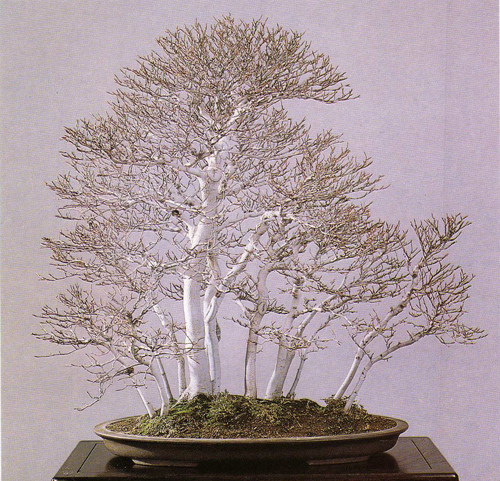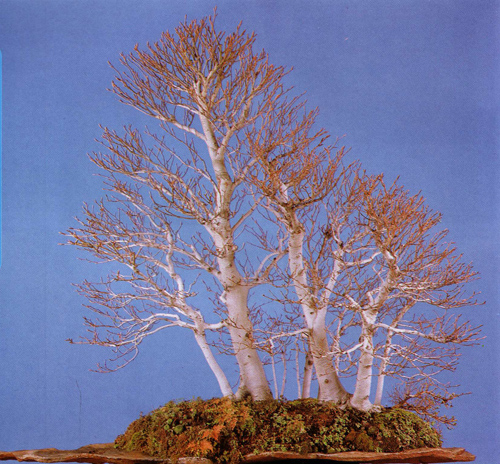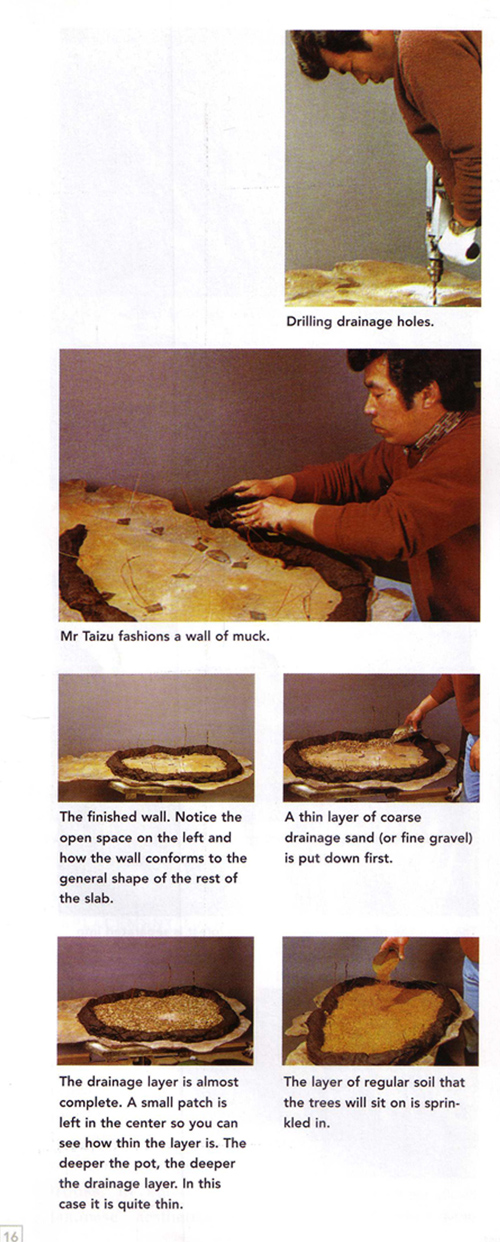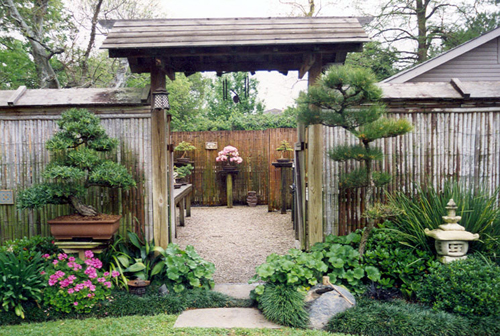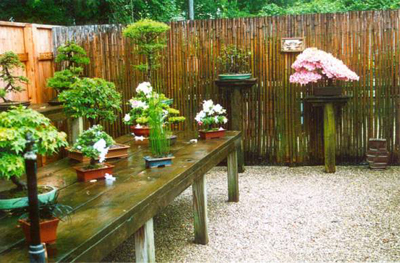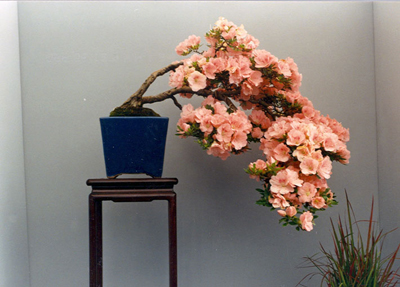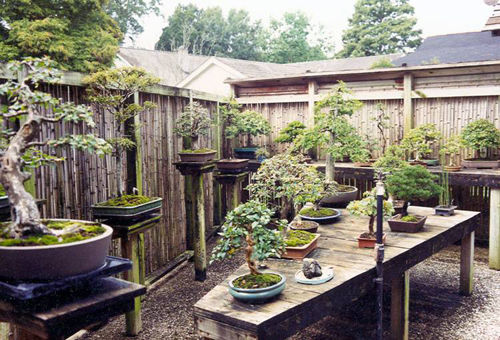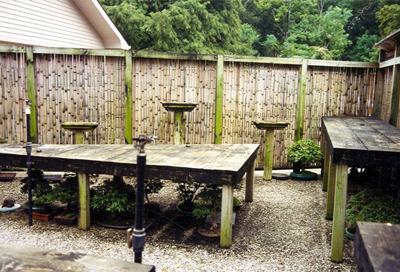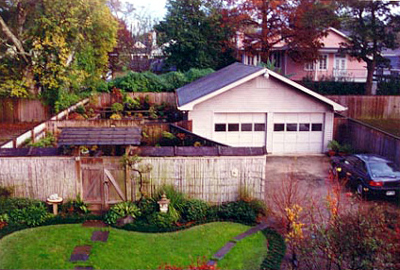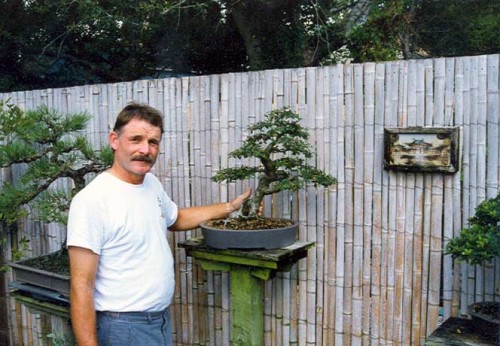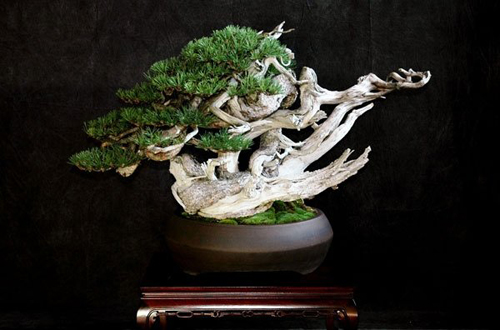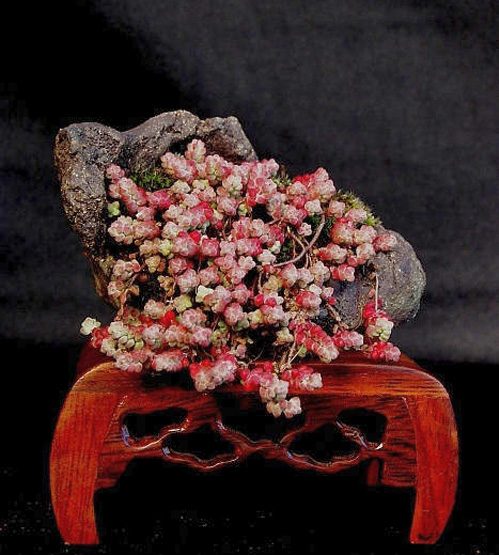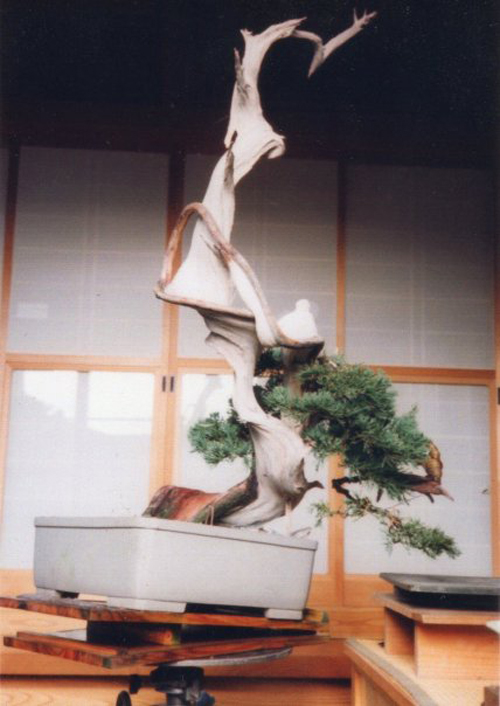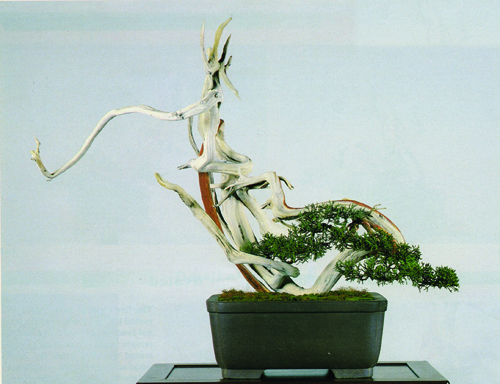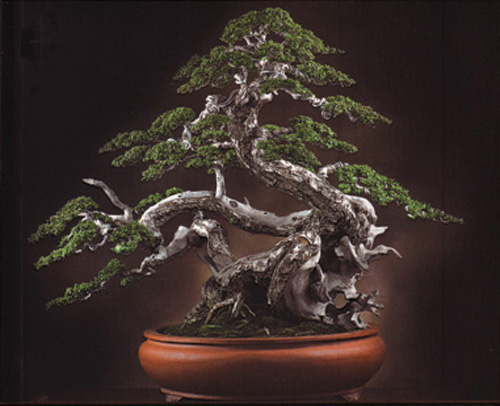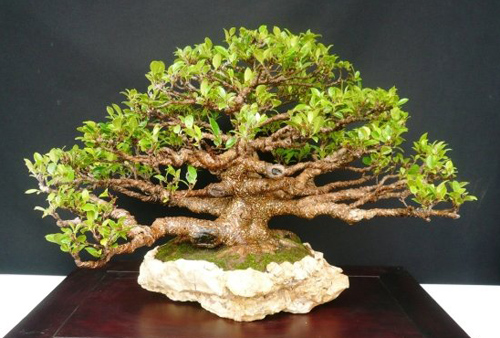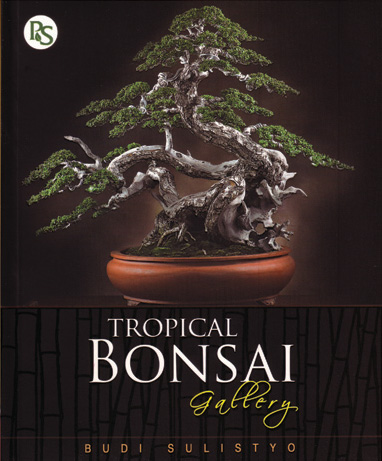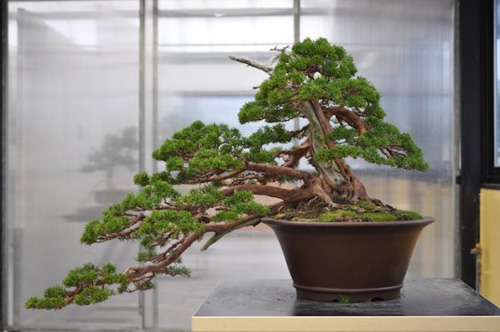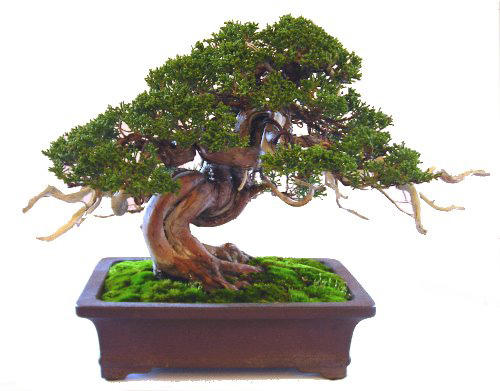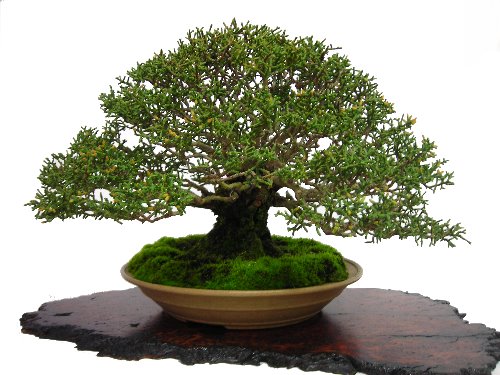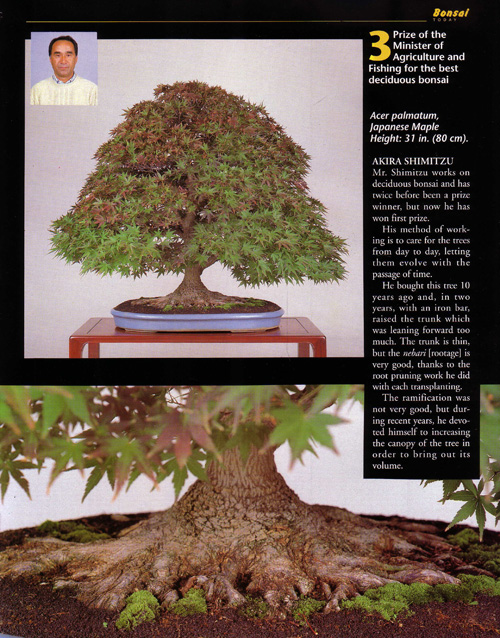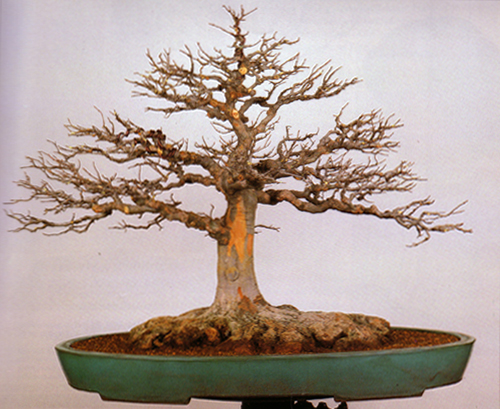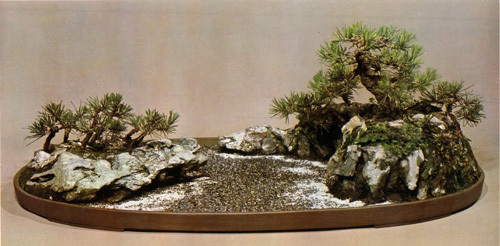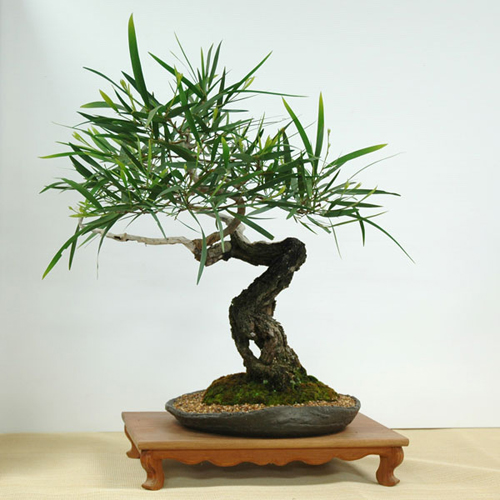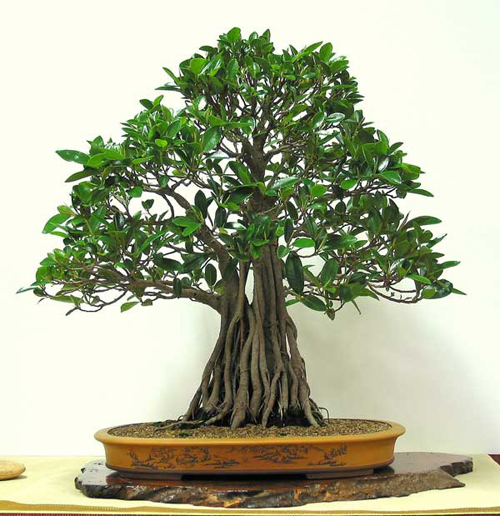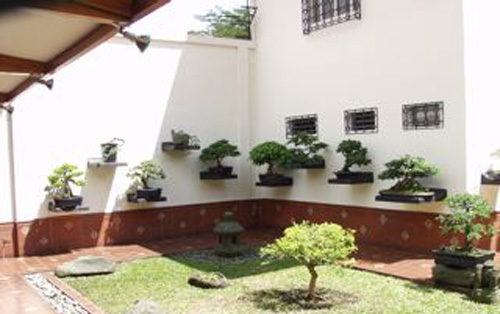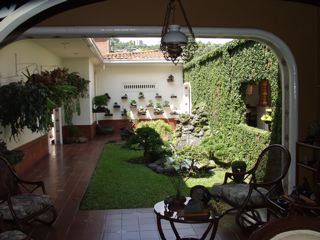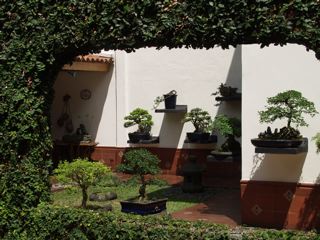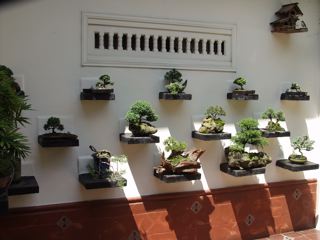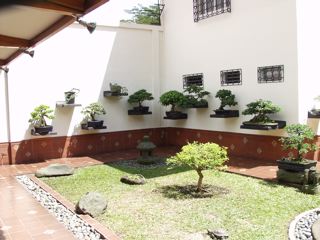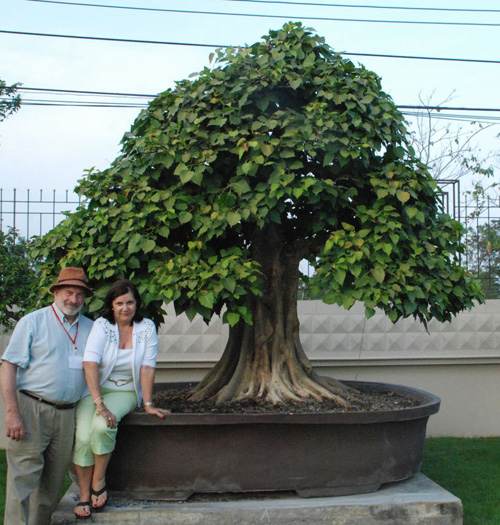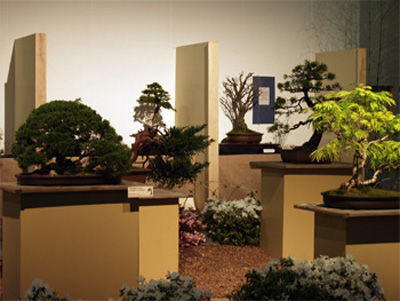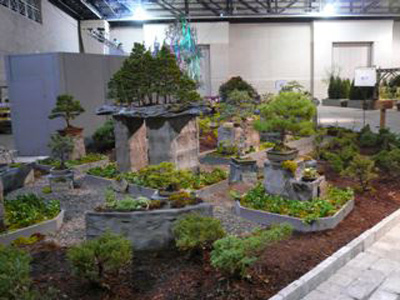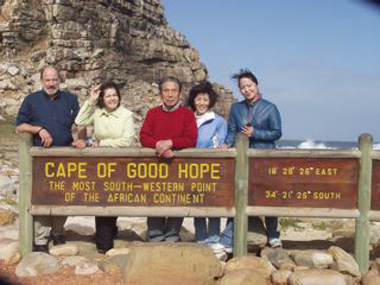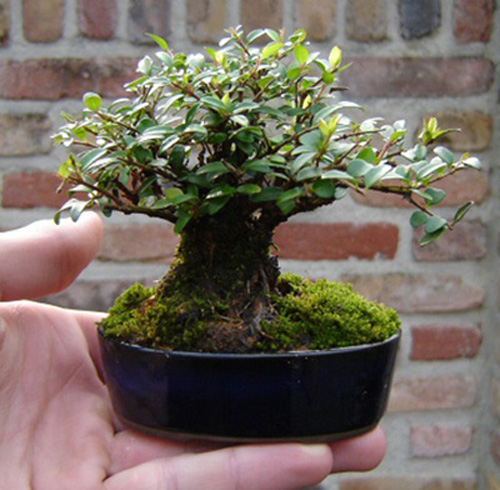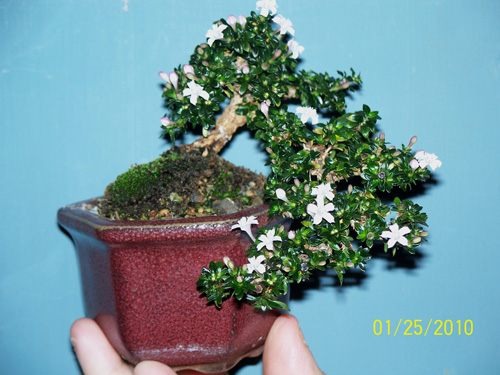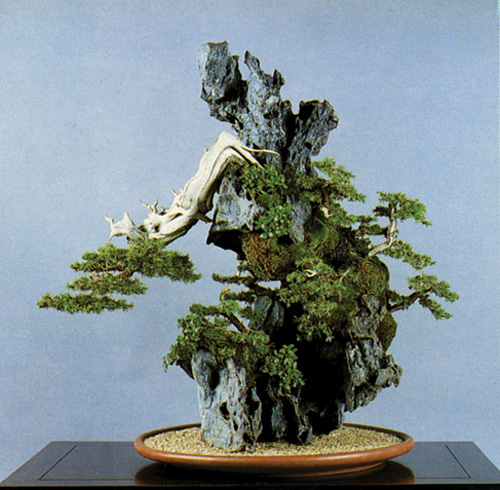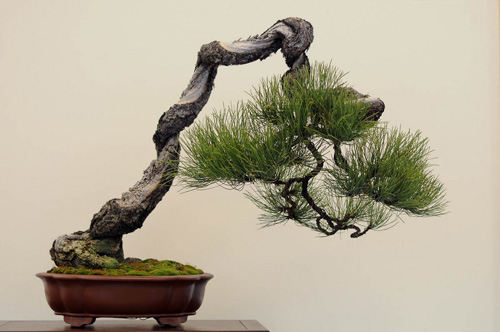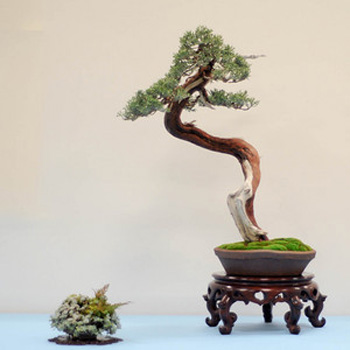I really like working with Japanese Black Pine. Although they keep needles year round, their appearance changes with the seasons. The pine below is flush with last year’s growth – a mix of spring and summer foliage.
Spring growth above – Summer growth below
I am planning to remove the top half of the trunk when I get a few more grafts in place – more on that next week. After some cutback, needle pulling, grafting and repotting, the tree looked a bit more manageable.
All set for Spring
I learned years ago that bonsai folk can benefit from a deep sense of delayed gratification. Today this tree is both gangly and unbalanced – it looks like it’s waving its arms in the air in dismay. But it’s looking better every year and before long it will look great in an exhibit.
I’ve also learned that there’s far more to bonsai than making trees “pretty.” Routine tasks like repotting provide me with plenty of gratification. While repotting this tree, I was very surprised to see the condition of the soil.
Bonsai soil after 3 years in the pot
After at least three years, the bonsai mix had barely begun to break down. It’s a mix of pumice, lava and akadama. Normally I would expect to repot this tree every or at least every other year. It’s a large tree in a small pot and it’s growing vigorously. But because the soil is so hard, the drainage remained good and the roots developed well.
Combing out the roots
I also appreciate the time savings. Getting an extra year out of bonsai soil saves time and money. Getting that with no cost to the tree’s health is a super combination.
Read more!
